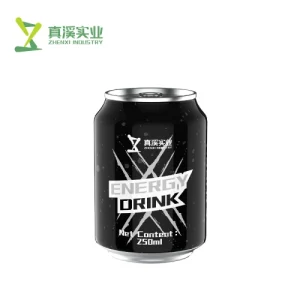Making a aluminum beverage can is a precise physical process: every step had to be carefully studied and considered in order for the worldwide standard model of cans to keep their durability, light weightness, recyclability steps. Such steps include the aluminum extraction, rolling it into sheets and preparing those for can formation.
Raw Generally It starts at the extraction of raw materials, bauxite ore is extracted and treated through Bayer process to alumina. This step involves the crushing of bauxite and impurities are removed by mixing it with sodium hydroxide. The alumina is then reduced to form pure aluminum using the Hall-Héroult process. This is very energy-intensive, and making one kilogram of aluminum requires approximately 14 kWh.
The subsequent step is to convert the aluminum foil into sheets andegrated. Instead it goes through a series of rollers to have the desired material thickness ( between 0.28 and 0.38 milimeters) after being heated with aluminum ingots up to around 500°C. This process gives the aluminum what is called Springback, which provides it with a balance between strength and flexibility required for manufacturing cans.
The coated sheets are further protected from corrosion and made print ready. There are various coatings that can be applied via a process called coil coating, in which the aluminum sheet is cleaned, treated and coated with a protective layer. Otherwise, it emits a coating to increase the cans strength and keep its aesthetic properties.
Blanking and Drawing: Can making starts with blanking. Completely mechanical presses pull cup shapes from the aluminum sheet metal blanks. The cups are redrawn, and then ironed to lengthen and reduce the wall thickness from 1-2 millimeters or more down typically to around 0.1 mm; applying a liquid such as oil between the die and cup serves to distribute heat in an annular ring at this stage of drawing. This step, also known as the draw and iron process, is crucial on how can its shape & strength are25.

The bottoms of the cans are trimmed for uniform height, and necked down by a process called "necking." As you cut into the top of the can, it will need to be brought together so that fits over a lid. Necking is necessary for the neck to form a tight seal, thereby reducing material usage and making cans light weight and efficient.
Sealing, by attaching the can lid which is pre-scored on tab opening. A special double-seamed lid, so hermetically sealed that the beverage maintains its freshness and carbonation. This system is very effective, with present can-making strains able to making as much as 2500 cans per minute.
Aluminum beverage cans are a significant use of aluminum, and fortunately they also have an extremely high recycling rate- according to the Aluminum Association, every ton of recycled aluminum saves 14,000 kWh energy, 40 barrels (42 gallons) or oil and almost ten cubic yards of landfill space. Aluminum, with its high recyclability also helps in ensuring a green environment where nearly 75% of all aluminum produced till date is still being used.
According to widely respected industry expert Neal Wade, "The aluminum beverage can is the most sustainable beverage package -- significantly so in virtually every measurable way." All of which speaks to the eco-friendly nature and efficiency that aluminum cans provide.
For more production-centric knowledge, you can take some help from Aluminum beverage cans. Thanks to aluminum's valuable life cycle, which takes the metal from resource extraction to a closed loop of recycling for unsurpassed sustainability, as well as its strong and lightweight benefits during manufacturing all the way through use (and recycling again), beverage cans are packed with drinks in ever-growing numbers across these continents.
